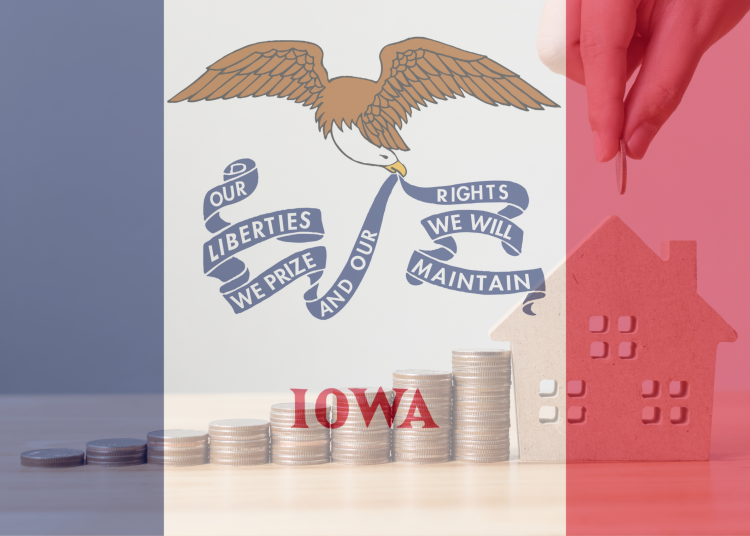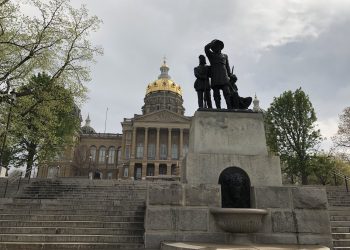After implementing historic income tax reform, Iowa legislators will be turning their focus on property tax reform. Iowans across the political divide are rightly demanding property tax relief. Nevertheless, property tax reform will not be easy. Property taxes are local taxes and at the heart of high property taxes is local government spending. Solving Iowa’s property tax problem for the long-term will require a commitment to responsible spending limits.
The Tax Foundation ranked Iowa with the 10th highest property tax burden in the nation. Too often blame for high taxes is placed on the county Assessor. This is because many local governments can easily hide behind increased assessments and collect the windfall, while oftentimes claiming to hold the line on property tax. This has created an “honesty gap” Problem. Without addressing local government spending growth, it will be difficult to implement any long lasting property tax relief. Past legislative efforts to provide property tax relief have made progress but much more can be accomplished if those efforts address spending.
Applying a fiscal rule or a spending limitation to local governments is one successful policy idea that has worked in other states. Spending limitations such as Colorado’s Taxpayers Bill of Rights (TABOR) have proven to be effective at limiting taxes and spending — by limiting the growth of government to the combined rate of population plus inflation growth. A recent study by Dr. Barry Poulson for the American Legislative Exchange Council documented the tax rebates, totaling $8.2 billion since voters added TABOR to the Colorado Constitution in 1992. This reasonable check and balance on the growth of government has strengthened Colorado citizens’ confidence in the ability to have a say in the size of their government and the resulting tax burdens.
Another idea that has worked in other states is to require enhanced transparency and accountability. Utah and Kansas are two states that have proven property tax relief can be achieved by following this formula. Utah and Kansas both have a strong Truth-in-Taxation law, which requires all local taxing authorities to send to each taxpayer a direct notice explaining if a local government proposes to raise property taxes. Ultimately, it then takes a recorded vote by the local unit of government to approve new property tax revenue.
Perhaps the most significant component of the Truth in Taxation property tax system is that it focuses on revenue. In other words, it contains a mechanism that ensures if assessments rise, then rates fall. It prevents local governments from taking advantage of assessment windfalls, because local governments receive the same amount of revenue as the previous year unless they inform voters and then vote to increase taxes in a transparent manner. This solves the “honesty gap” problem and local governments can no longer tell property taxpayers that they are “lowering rates,” while the taxpayer is left wondering why their bill is higher than it was the year before
While Kansas just adopted the law in 2021, they have already seen incredible results with most local governments deciding not to increase taxes. Utah passed Truth in Taxation in 1985, and it has been a key driver in Utah’s incredible economic success. In addition to being the fastest growing state in America by population over the past decade, Utah has earned the number one ranking in the nation for economic outlook in the annual Rich States, Poor States report for the past 15 years in a row.
Iowa policymakers have a golden opportunity to continue to build on Iowa’s historic tax reform by implementing property tax reforms that address spending and increase transparency in what has been a byzantine process and a huge financial burden for many homeowners and businesses for far too long. States like Colorado, Kansas and Utah give some great examples of policies that produce meaningful and long-lasting property tax relief.
















